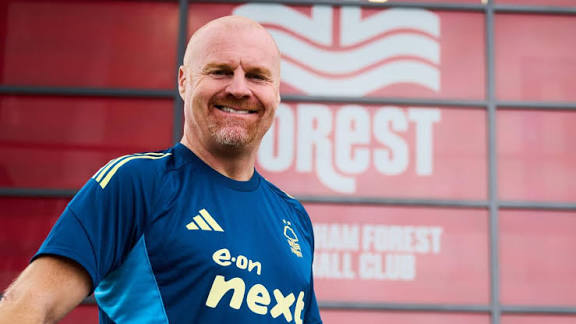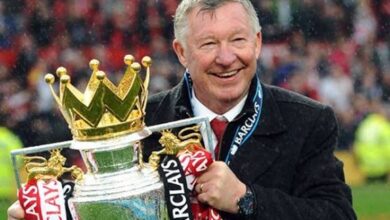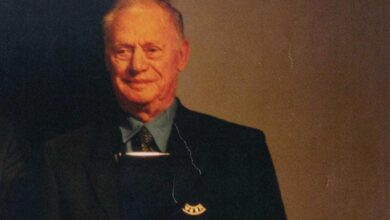
The “New Manager Bounce” describes the sudden rise in performance that often follows a mid-season managerial change. It shows up most clearly in points per game, but it can also be seen in sharper intensity, quicker transitions, and a more disciplined defensive structure. Because most sackings happen when a team is playing its worst football, even a small improvement becomes noticeable, especially in relegation battles where one win can change the entire mood around a club.
Clubs lean on this effect deliberately. A new voice, a new message, or simply the removal of a failing figure can steady results quickly. Supporters expect instant change, boards want immediate control of the narrative, and the players are forced to reset their standards.
The debate is whether this lift is created by genuine psychological and tactical impact, or whether teams are simply returning to their normal level after a bad run. In reality, both forces play a role. The bounce is real, but it is short-lived, and it only becomes meaningful when the club uses that early momentum to build something deeper.
A new manager resets everything inside the dressing room. Players who were out of favour suddenly have a route back into the team. Established starters know their place is perhaps no longer guaranteed. Training sessions become sharper because everyone wants to make the right impression. Even small details , body language, discipline, intensity, improve almost overnight. This rise in individual focus naturally lifts the team’s performance in the short term.
When a struggling manager leaves, the entire environment relaxes. The pressure that had been building on the squad drops instantly. A new manager, especially one with a strong personality or club ties, brings fresh energy, clearer communication, and a different mood on the training ground. Fans also respond with louder backing and a sense of optimism, which helps players take more risks and play with more confidence. This emotional reset creates a short burst of belief that often translates into early results.
The bounce often begins with something simple: a different voice and a different atmosphere. A new manager does not need to reinvent the sport in a week. They just need to shift the mood. When players sense a reset, the tension that built up under the previous manager drops, the environment loosens, and the team starts playing with less fear and more clarity.
The tactical part is usually straightforward. Most new managers strip things back, simplify the shape, and stop the mistakes that were costing goals. It is common to see a return to basic principles: tighter lines, quicker transitions, or giving players roles that suit their instincts rather than over-coaching. Opponents also do not have time to prepare for the changes, which adds a short burst of unpredictability.
But the real spark is emotional. The squad feels like it has been given a second life. Players who were out of favour feel relevant again, leaders speak up more, and the group responds to the urgency of a fresh start. You see a lift in intensity, duels, pressing, and collective belief.
Ivory Coast at the last AFCON is one of the clearest recent examples. They were drifting out of the tournament, the head coach Jean- Louis Gasset was sacked mid-competition, and his assistant Emerse Fae stepped in with barely any time to adjust anything. Yet the shift was instant. The mood changed, the players came alive, and a team that looked finished suddenly grew stronger with every round until they won the whole tournament.
Tactically, nothing radical happened. The difference was the atmosphere, the freedom, and the feeling that they had been handed another chance. It is the purest version of the bounce: not about systems, but belief.
This combination of emotional reset and tactical simplicity is why the bounce feels so dramatic. It is not magic, but it is real, and when a squad responds collectively, the effect can be powerful enough to change the direction of a season or even a tournament.
Across major leagues, the pattern is generally consistent: teams tend to earn more points in the first 5–10 matches after a mid-season change than they did in the final stretch of the previous manager’s tenure and even a modest rise can be decisive in tight league positions.
There are also clear case studies. Managers like Ole Gunnar Solskjær at Manchester United and Thomas Tuchel at Chelsea delivered immediate spikes through cleaner structures, better roles, and lifted the dressing-room mood. These examples match the statistical trend: the early lift is genuine, even if it slows later.
Skeptics however point out that managers are nearly always sacked at the bottom of a team’s form curve. When results are unusually bad, a natural rebound is expected regardless of who is in charge. Injuries heal, fixtures ease, and finishing luck often evens out. All of this creates the illusion that the new manager is responsible for improvement.
The numbers also show that the bounce, while real, is usually small. It can help a team survive relegation or stabilize a season, but it rarely transforms a season on its own. Without deeper structural fixes, recruitment, culture, or a long-term tactical identity, the early rise is more of a correction than a breakthrough.
The bounce is real, but it is not built to last. The initial lift in energy, clarity, and confidence tends to fade after a run of matches, usually around the eight-to-ten game mark. Once the novelty wears off and the schedule settles, the team returns to habits shaped by deeper structural realities, the quality of the squad, age profile, fitness levels, and the strength of the club’s long-term planning.
This is why some bounces stop sharply. The early wins create a bit of air, but if the squad lacks balance or the club is poorly run, performances naturally drift back to what they were before. The bounce does not fix recruitment issues or give a thin squad more legs. It cannot repair a broken dressing room on its own. It simply buys time. It creates a window where players respond with extra urgency while opponents take a few games to adjust to the new ideas.
Where the bounce becomes something more is when the manager uses that short period of momentum to establish real patterns. If the early results give the group belief and the manager follows that with consistent structure, good training, and smart selection, the bounce can become the foundation for a longer turning point. But that requires the club’s problems to be solvable, not just emotional. The bounce opens the door; it does not walk the club through it.
New manager bounce deserves recognition for what it is: a genuine short-term shift driven by emotion, clarity, and the simple human response to change. It is not just a statistical correction, and it is not an illusion created by firing managers at their lowest point. Teams really do play with more drive, more confidence, and more focus when the atmosphere resets.
But it is also a temporary effect. Boards that treat the bounce as proof of long-term transformation often end up disappointed. The bounce is a spark, not a solution. Its value lies in the window it creates, a run of weeks where the team can stabilise results, rebuild confidence, and give the new manager the space needed to impose a proper identity.
Handled correctly, the bounce can be the first step of a project. Handled poorly, it becomes nothing more than a brief rise before the same problems return. The phenomenon is real, but its impact depends entirely on what clubs choose to build after the initial lift fades.








